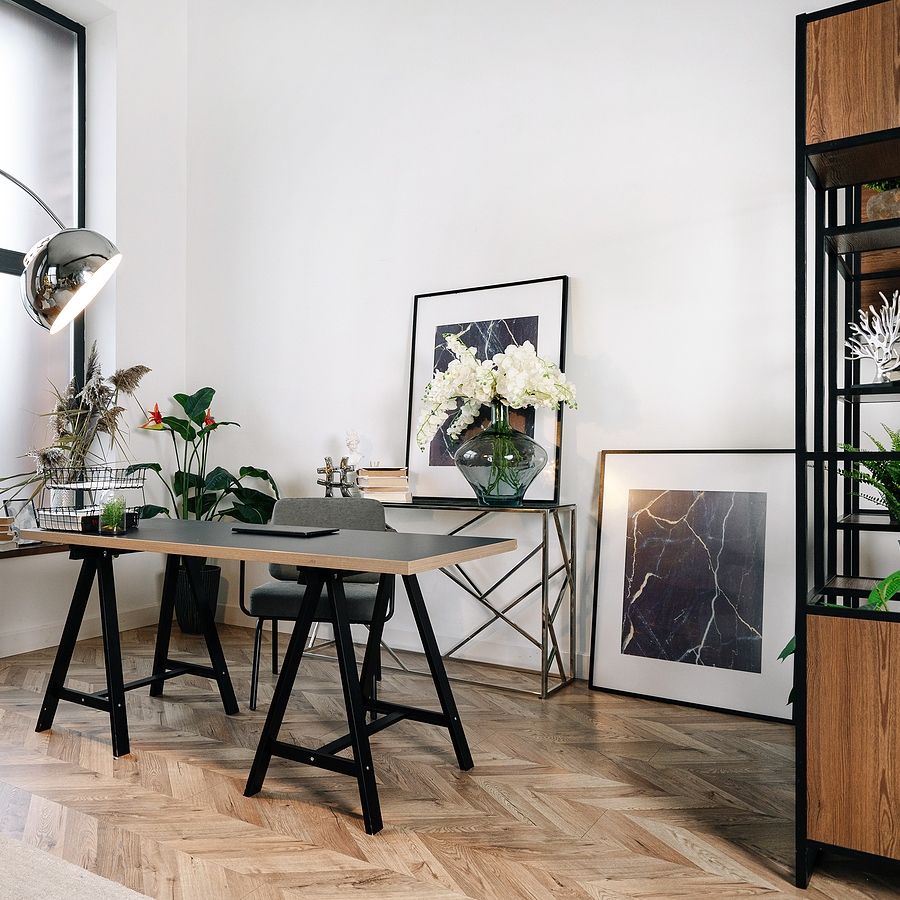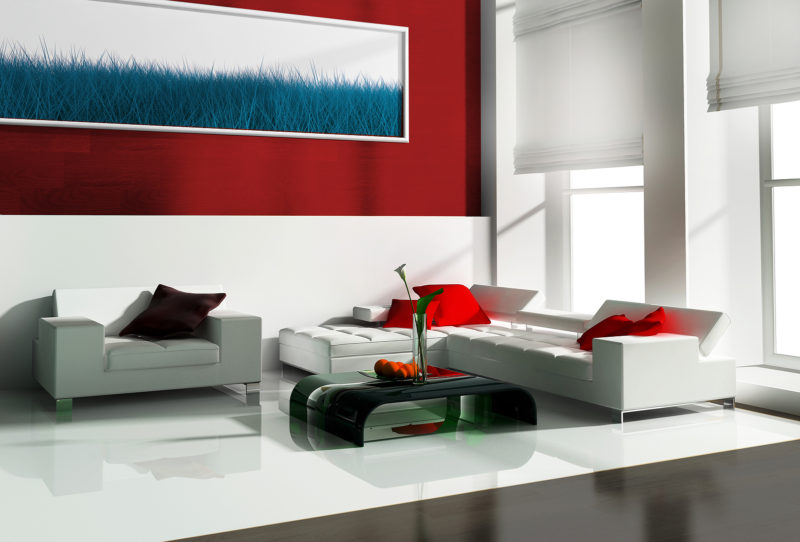Fine art transcends mere decoration, profoundly influencing the aesthetics, emotions, and value of our living spaces. Thoughtfully curated art transforms homes into sanctuaries of beauty and personal expression, enhancing well-being, celebrating cultural identity, and increasing property value.
This exploration reveals the multifaceted role of art in interior design, highlighting artistic themes, digital innovations, sustainable practices, and the potential for cross-disciplinary collaborations to redefine residential aesthetics.
The Profound Aesthetic and Emotional Influence of Fine Art
Walking into a space adorned with fine art can be a truly transformative experience. Vibrant colors, textures, and brushstrokes have an innate power to evoke a sense of calm, inspiration, and wonder within us. Research shows that the presence of art can significantly enhance our emotional well-being in domestic environments, making it an essential element to consider during the home construction timeline and custom home construction process.
The psychological impact of art extends far beyond mere decoration. Each artwork carries its own emotional narrative, waiting to be explored and experienced by viewers. For instance, the raw and confessional works by the British artist Tracey Emin confront us with vulnerability, creating an intimate space for self-reflection and personal growth within our homes.
Art as a Window into Personal Identity and Cultural Roots
For many homeowners, the art they choose to display serves as a powerful expression of their personal values, beliefs, and cultural heritage. Fine art transcends its aesthetic appeal, becoming a medium through which we can connect with our roots and celebrate our unique identities – an essential consideration when it comes to home decor and house plans.
Some home builders, like Betenbough Homes in West Texas, have recognized this connection by offering design services that allow clients to seamlessly integrate artwork reflecting their cultural backgrounds throughout their custom homes.
The intricate patterns and vibrant colors of folk art act as a bridge to ancestral traditions, while contemporary fine art often reflects individuality and personal perspectives. By curating art in homes, living spaces become deeply personal and culturally significant, serving as reminders of the histories, stories, and beliefs that shape identities.
The Tangible Value of Art in Real Estate
Art's influence extends far beyond emotion and cultural expression – it also enhances property values and attracts buyers with discerning tastes. Studies have shown that homes featuring thoughtfully integrated art installations sell faster and command higher prices than those without artistic elements. This is an important factor when searching for new construction or homes for sale in desirable areas.
On a global scale, incorporating fine art into real estate attracts affluent buyers seeking more than just a place to live. From art-infused lobbies in luxury condominiums to sculpted gardens in high-end properties, fine art elevates real estate offerings, catering to the refined tastes and cultural interests of discerning clientele.
Transforming Spaces Through Artistic Themes and Styles
The integration of fine art into home decor goes beyond hanging paintings – artistic themes and styles profoundly influence interior design aesthetics, shaping living spaces' ambiance and perception.
The grandeur and opulence of the Baroque era, with its ornate details and dramatic flair, can infuse a room with a sense of luxury and sophistication befitting royalty. In contrast, minimalist Scandinavian design, with its simplicity and functionality, cultivates serenity and mindfulness.
The Dynamic World of Digital Art and Photography
In the ever-evolving landscape of art, digital media has emerged as a dynamic and versatile medium, embraced by interior designers for its ability to seamlessly integrate into contemporary living spaces.
Digital art offers a fresh perspective and enables unprecedented levels of flexibility and personalization. With the ability to easily update and rotate displays, homeowners can curate their living spaces to reflect their ever-changing tastes, moods, and sensibilities, fostering a constantly evolving and engaging environment.
As technology advances, the lines between physical and digital art blur, opening up new avenues for creative expression and innovative approaches to home decor that push the boundaries of what is possible.
Artistic Collaborations: Redefining Home Aesthetics
Artistic collaborations between creators and interior designers have given rise to truly unique living spaces that challenge traditional aesthetics. Notable partnerships, like the one between Studio Job and Moooi, blend whimsical sculptures with functional furniture, creating immersive and artistic home environments that blur the lines between art and everyday life.
These cross-disciplinary synergies showcase the value of embracing unconventional perspectives and pushing the boundaries of what is considered "home decor." By inviting artists to contribute their visions within residential spaces, we unlock new realms of aesthetic possibility and creative expression, redefining the boundaries of what a home can be.
Embracing Sustainability in Art Acquisition
The sustainable art movement empowers homeowners to curate beautiful living spaces while minimizing environmental impact and supporting ethical practices. From eco-friendly materials and production methods to responsible sourcing and a focus on local artists, embracing sustainable art allows us to beautify our homes while contributing to the preservation of our planet and the well-being of communities worldwide.
Frequently Asked Questions
What are the benefits of incorporating fine art into home decor?
Incorporating fine art into home decor enhances emotional well-being, promotes self-expression, celebrates cultural heritage, and potentially increases a property's value. Curated art creates living spaces that are visually appealing, personal, and meaningful.
How does the presence of art in a home impact its market value?
Homes with thoughtfully integrated art installations tend to sell faster and at higher prices than those without artistic elements. Fine art adds sophistication and cultural appeal, attracting discerning buyers.
What considerations should be taken into account when choosing art for different rooms in a house?
Consider the room's function, lighting, color scheme, and ambiance. Size and placement should create harmony. Subject matter and emotional resonance should align with the desired atmosphere.
Conclusion
The connection between fine art and homes is a multifaceted and profound one, transcending mere decoration and aesthetics. From fostering emotional well-being and self-expression to elevating property values and embracing sustainability, art in living spaces has the power to transform our everyday experiences and environments.

